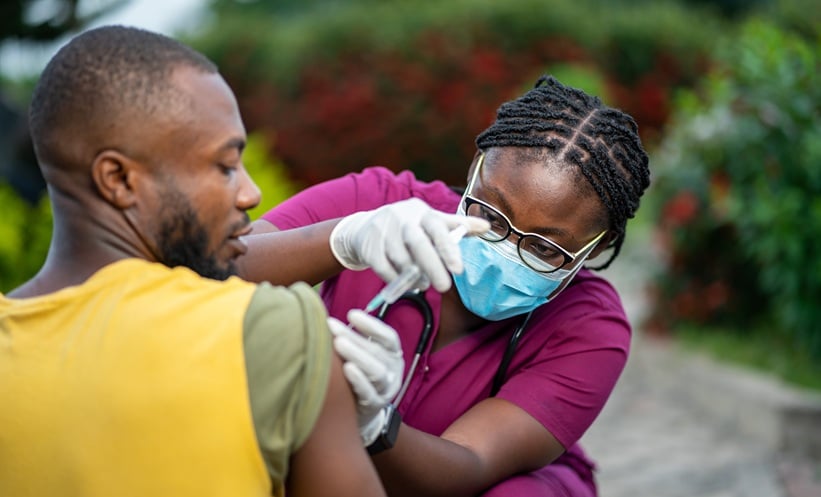MACHINE learning (ML) is increasingly being applied to healthcare, with particular interest in its potential to improve the prediction of sexually transmitted infection (STI) risk. Early research suggests ML may offer a faster, more scalable alternative to traditional risk assessment methods. However, the overall reliability and clinical value of these models have remained uncertain. A recent systematic review and meta-analysis now provides the most comprehensive evaluation to date of ML’s effectiveness in predicting STI risk, highlighting both promise and ongoing limitations. One key finding is that ML models for HIV risk prediction achieved a pooled area under the curve (AUC) of 0.91, indicating high overall accuracy.
To arrive at these findings, researchers conducted a systematic review of studies published between January 2010 and April 2024. They searched six electronic databases, three preprint repositories, and relevant conference proceedings, ultimately identifying 25 studies that met inclusion criteria. These studies collectively reported 45 distinct ML models designed for STI risk prediction. Performance metrics such as sensitivity, specificity and AUC were extracted or reconstructed from each study. A bivariate random-effects model was used to estimate pooled diagnostic performance, while subgroup analyses and meta-regression explored sources of variability. Risk of bias was assessed using the PROBAST tool.
Among the 25 included studies, the strongest evidence related to HIV prediction, with pooled sensitivity and specificity both at 0.84 (95% CI for sensitivity: 0.76–0.90; specificity: 0.70–0.93), and a pooled AUC of 0.91 (95% CI: 0.88–0.93). For other STIs, performance varied: reported AUCs ranged from 0.75–0.87 for syphilis, 0.73–1.00 for gonorrhoea, and 0.67–1.00 for chlamydia. However, substantial heterogeneity across studies was observed (I² > 98%), limiting direct comparisons and pooled estimates for non-HIV infections.
In conclusion, ML models, particularly for HIV, demonstrate strong predictive performance and potential value for clinical risk stratification. However, wide heterogeneity and inconsistent reporting standards remain key barriers to implementation in practice. The absence of external validation and limited generalisability further restrict clinical adoption. For ML-based STI risk prediction to translate into real-world benefit, future research must focus on externally validated, standardised, and multi-centre implementation studies to assess actual impact in clinical settings.
Reference
Latt PM et al. Machine learning for personalized risk assessment of HIV, syphilis, gonorrhoea and chlamydia: A systematic review and meta-analysis. Int J Infect Dis. 2025;157:107922.








